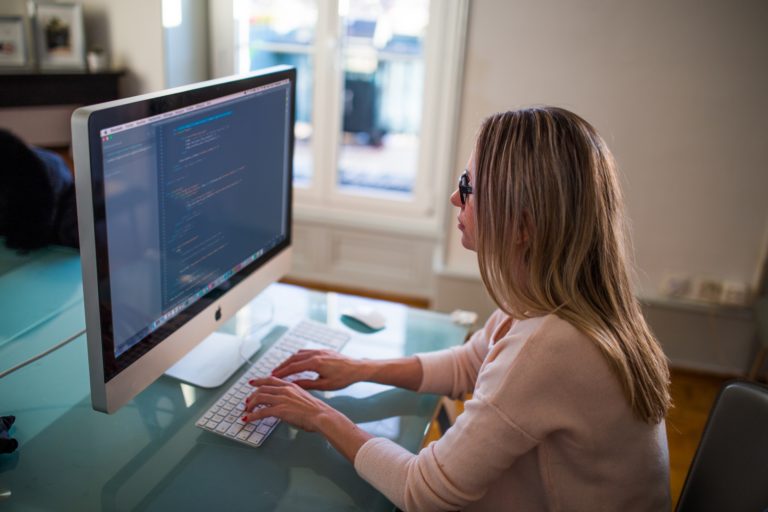Speech pathologists: my top 10 tips for managing client expectations
Word of mouth can build your practice. Or destroy it.
Are you always meeting or exceeding your clients’ expectations of your service? If not, are you doing enough to manage them?
Over the years, I’ve reviewed thousands of consulting and other service contracts. I’ve also been embroiled in several disputes (for clients!) that boiled down to a simple misunderstanding about the services provided.
Here are my top 10 tips for managing client expectations to reduce complaints, avoid disputes, and to build trust with your clients:
1. Be clear on your scope of service. Does the client understand what you do (and don’t do)?
- Lots of people have never been to a speech pathologist before. Maybe they booked in because a teacher told them to. Perhaps, it was a doctor, occupational therapist, dentist or other health professional. Maybe their friend or relative recommended you.
- Take the time to explain what speech pathologists do. Don’t expect clients to understand differences between speech pathologists and other allied health professionals such as occupational therapists or educational psychologists.
- Explain what you do. Most speech pathologists don’t try to be all things to all people. Our scope of practice is simply too wide. What do you do best? What are your special interests and passions?
- Explain what you don’t do. For example, I don’t offer feeding and swallowing services in my clinic. If these issues are flagged in the questionnaire or in the initial assessment, I refer the client on to someone with special training in those areas.
2. Be clear about what you expect from the client
- Encourage full and frank disclosure in a safe environment. Understandably, some clients may withhold sensitive information until they know, like and trust you.
- Have a booking policy that sets out your expectations about attendance and cancellations.
- Have a homework summary sheet that emphasises the need to practice the communication skills worked on in therapy.
- For motor-based therapies, inform your client about principles of motor learning and neuroplasticity so they understand why they need to work hard outside the sessions.
- Be specific about how much practice you want and how often. Follow-up to find out how they went with the homework. If necessary, tweak the homework plan to suit the client.
3. Agree on the scope of your assessment
- Demystify the assessment process. Outline how it will work. For example, this is what I tell parents of toddlers.
- In your first session, spend some time with the client reviewing the client’s questionnaire and interview responses. Agree the scope of the assessment. Will it cover speech, language, literacy, voice, fluency and/or dysphagia?
- What’s worrying the client the most?
- What are the client’s key challenges?
- What’s most affecting the client’s participation in the real world? Don’t assume that it’s the client’s most noticeable problem.
4. Double-check: does the client want your help?
- Treatment without informed client consent is assault.
- Do not assume that the client wants you to treat them.
- Inform the client about treatment options – including no treatment – the risks and potential benefits of each, and the evidence base for different treatments.
- Inform your clients about risk factors and connections between different communication issues. For example, inform children with speech sound issues about the heightened risk of later literacy issues.
- If a client has multiple issues, explain why you recommend treating one of them first, e.g. stuttering over speech sounds or speech versus language.
- If you cannot provide the service needed, help the client find someone who can. Have a referral policy to emphasise your independence and integrity.
5. Agree on a time-bound therapy plan
- Outline your management plan Plain English in the assessment report. Avoid pointless long words.
- In the first therapy session, summarise the report and check that you are all on the same page. Be open to revising the plan to accommodate client priorities.
- Most clients want a specific time-frame for therapy. Even for severe disorders, I like to offer a short block of initial therapy (say 5 sessions), followed by a review to check progress and to review the management plan.
6. Agree on how you will communicate, and how often
- Will you send out interim progress reports? If so, how often? Make sure you don’t overload the client with reports they didn’t ask for (or want).
- Has the client consented to receiving reports and other communications by email, or only by post or hand delivery?
- Has the client consented to receiving SMS appointment reminders?
7. Know your audience(s)
- Check whether your report is to go to the client only, or to others (e.g. schools, employers, etc). Does the client want to see the report first?
- When working with children with separated or divorced parents:
- check for Family Court or other custody arrangements about the client’s health care;
- send copies of your reports and other communications to both parents (or other carers) – unless there is a Court or other order or arrangement prohibiting it; and
- if the attending parent asks you not to send the report to the other parent, find out why and assess whether you need consent from both parents to treat the child. If in doubt, don’t treat until you are sure you have all the required consents.
- When working with older teenagers, check whether the report should be addressed to the parents, the teenager or both? (Check the age of consent for health treatment in your location.)
- If writing for multiple audiences, address both appropriately. For example, if writing for a client with aphasia and their neurologist, present the report using aphasia friendly principles, and then present more detailed data in an appendix for the neurologist.
8. Understand the purpose(s) of your report
- Who will be reading the report and for what purpose?
- Is the report:
- just for the client’s information?
- a second opinion?
- required to secure funding?
- going to be used in an insurance claim or legal proceedings?
- Does the client (or other recipient) have specific requirements for the contents or even formatting of the report?
9. Measure progress and report it to the client
- Will you send out interim reports, or something less formal?
- How are you measuring whether your therapy is working?
10. Agree on discharge criteria
- Have you communicated the length of the proposed therapy block to the client?
- Have you given the client the opportunity to give you feedback on their progress?
- How will you know when the treatment goals have been achieved?
- What are your discharge criteria? Are they the same as your client’s?
Principal source: Maister, D., Green, C.H., Galford., R.M. (2000). The Trusted Advisor. Free Press, NY, NY.
Image: https://bit.ly/24ZkudP








